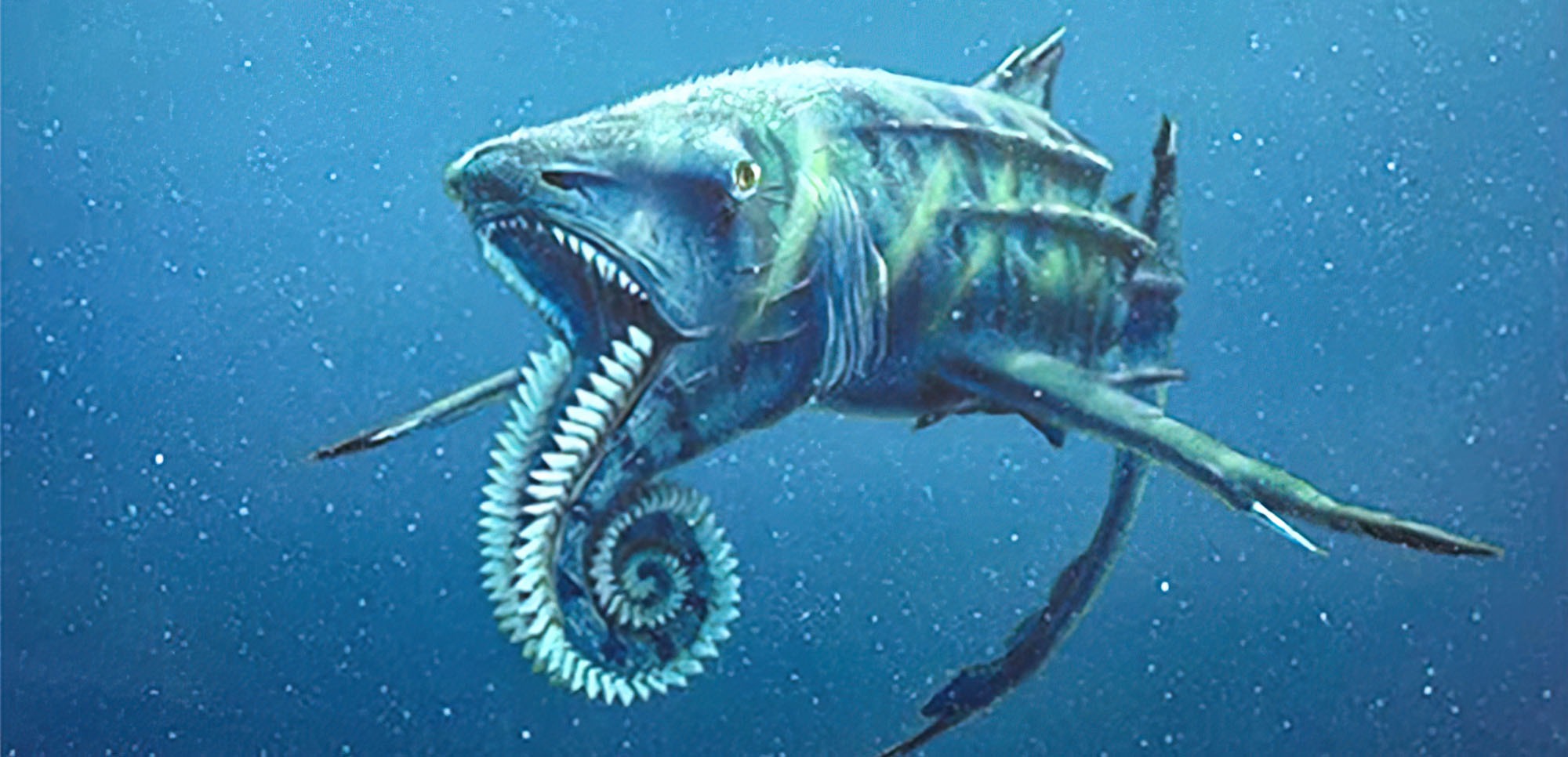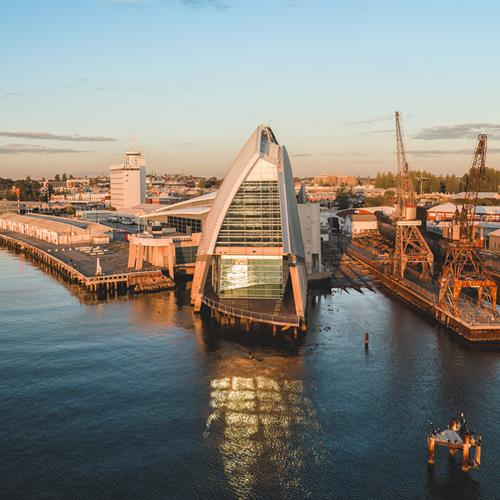Hedlund – The Man
IN 1863, Swedish-born seaman Lars Peter Hedlund sailed into WA history when he entered unexplored Butcher’s Inlet in ‘Tien Tsin Harbour’ (later renamed Cossack). Explorer and pearler Captain Hedlund (after whom Port Hedland is named) arrived in the 13m cutter Mystery which he built at Point Walter in the Swan River. During research for ‘50 Years of Boom, Bust & Red Dog – The Life & Times of Karratha City’, StreetWise was sent this image of ‘Old Peter’ taken at the Dalgety Museum in Port Hedland. Donated by his descendants in 2018, it has never been published until now.
FREMANTLE Harbourmaster records and Swan River reports show only one Swedish ship called in Fremantle between 1831 and 1857. That was the Nancy, which in August 1853 left Hong Kong
with 14 crew and sailed for Australia in 1854 with 13, “Peter was most likely the missing crewman, since records show he was in Fremantle by 1856 because on 23rd June of that year he was fined by the Fremantle Magistrate’s for fighting”.
The West Australian on May 11, 1885 reports, “It is now over twenty years since the cutter Mystery, sixteen tons, P. Hedland master,” entered the Harding River and anchored off Cossack. Hedlund is given credit for, “opening up the chief port of WA’s famed Nor’ West”.
On October 15, 1858, Peter, 29, married Ellen Adams, 18, in Fremantle. Ellen’s father William was a veteran of Waterloo and victim of the failed Peel settlement in Cockburn Sound. Earning a quid in shipping stock and cargo north for clients including the Bateman and Samson families of Fremantle, Hedlund was chosen as pilot of pastoralist Walter Padbury’s Mystery, which left Fremantle with stocks and supplies on April 6, 1863.
The Port Hedland area was originally known as Mangrove Harbour where Dutch navigator Gerritt Frederikszoon de Witt was blown ashore in 1628. By 1871, Peter had joined the pearling fleets. In 1872, to mark the Queen’s birthday, a Coasters’ Race was held in Fremantle, Peter listed as master of the Argo.
In 1881, the well-known seafarer was killed by his Aboriginal crew near Lagrange Bay. His body was never found. Peter was survived by Ellen and 11 children. Peter’s great granddaughter Leigh McNab, who lives in Point Samson, says his extraordinary life is largely unknown in WA.
Ms McNab says Cossack deserves a future, presently uncertain because of a lack of State and local government consensus over how to develop the historic ghost town.
Ms McNab, her sons and the families of other Cossack pioneers are descendants of the first ratepayers in the North West. Many of Karratha’s streets and landmarks are named after Cossack pioneers. Alan Wilson’s family has owned four blocks in Cossack since the titles were issued in the 1880s to his great grandfather William Shakespeare-Hall who is buried at Cossack.
Geoff Van Waardenberg’s great-grandfather and Cossack shipwright Christopher Thompson lived in Cossack in the late 1800s, having worked on Fremantle pearling boats.
Landowner and South Fremantle stables owner Terry Patterson has been fighting since the 1990s to develop his family blocks. “I’d like to see this piece of state and national heritage restored for all generations, including those who will survive me.”
‘Cossack at the Crossroads’ at www.streetwisemedia.com.au.











